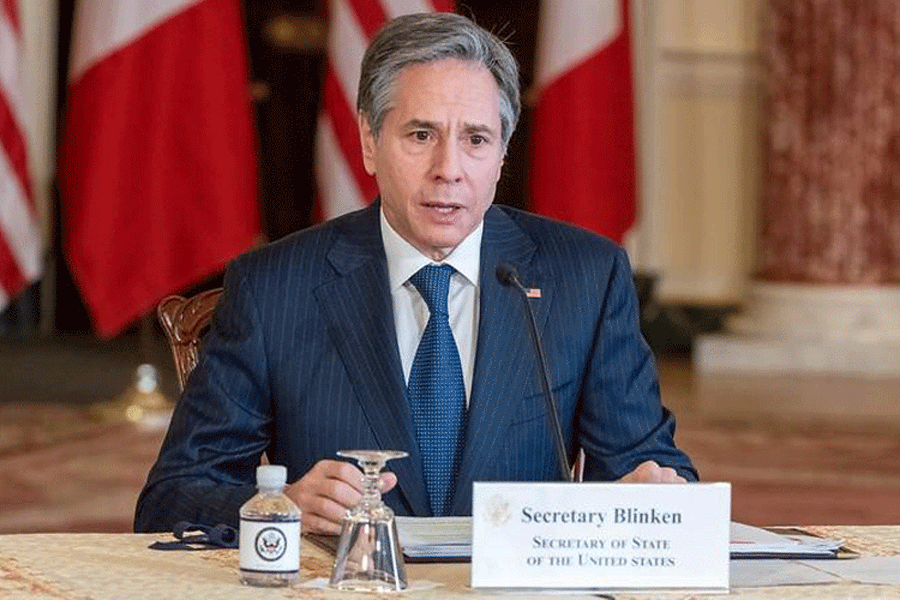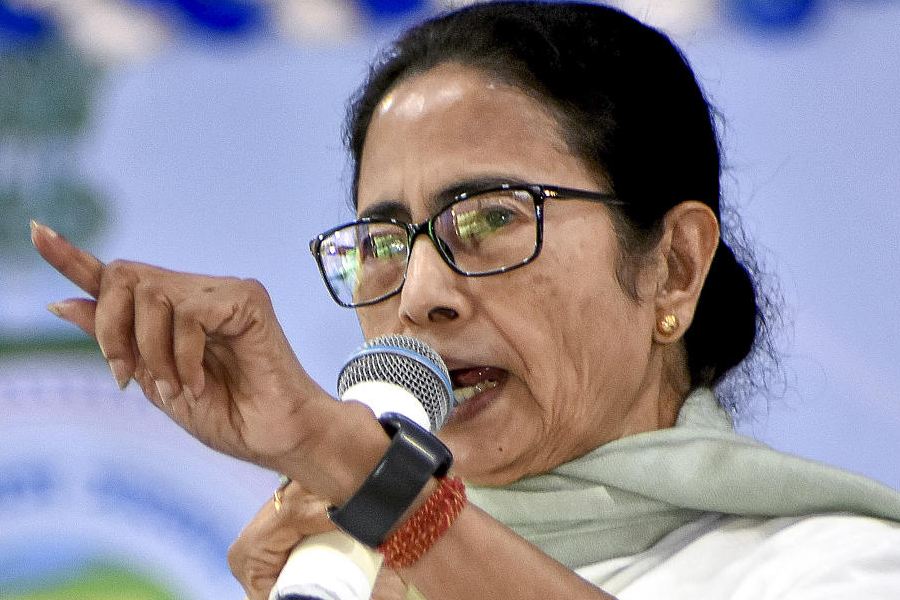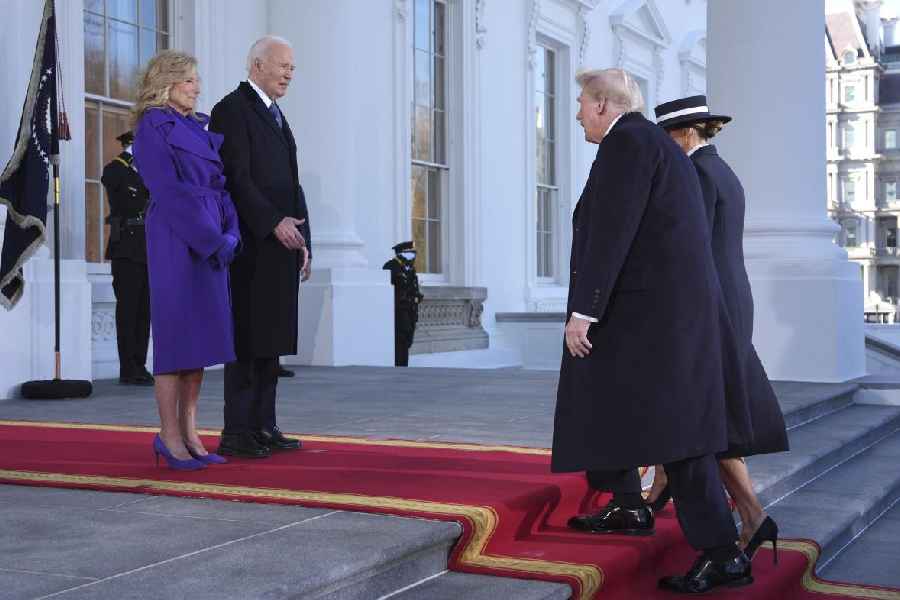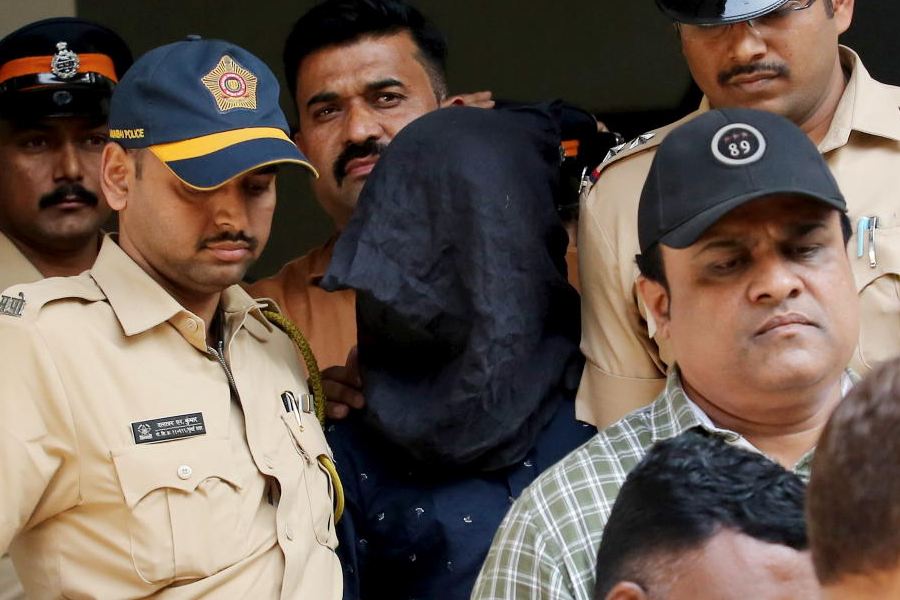The United Nations Security Council on Monday adopted a U.S.-backed cease-fire plan for the Gaza Strip with only Russia abstaining, a sign of the growing frustration among the world’s major powers over the Israel-Hamas war and the desire to bring it to an end.
Linda Thomas-Greenfield, the U.S. ambassador to the United Nations, told members of the Security Council that Israel had already agreed to the deal laid out in the resolution — although Israel has so far resisted taking a public position on it — and she urged Hamas “to do the same.”
“Hamas can now see that the international community is united, united behind a deal that will save lives and help Palestinian civilians in Gaza start to rebuild and heal,” Thomas-Greenfield said.
The 14-0 vote may strengthen the hand of U.S. Secretary of State Antony Blinken, who returned to the Middle East on Monday to press Hamas and Israel to agree to a cease-fire.
But in a sign of the difficulties facing Blinken and other mediators in achieving a final deal, Israel’s representative to the United Nations, Reut Shapir Ben-Naftaly, did not say that Israel had accepted the terms of the cease-fire plan. She said that her country’s goals in the war had not changed and that it would use military operations to free hostages, as it did just two days earlier.
“We will continue until all of the hostages are returned and Hamas’ military capabilities are dismantled,” Shapir Ben-Naftaly told the council. She said if Hamas leaders freed all hostages and turned themselves in, “not one shot would be fired.”
Hamas, in turn, said it welcomed elements of the resolution, but did not endorse the plan as a whole. “Hamas emphasizes its readiness to cooperate with the mediators to engage in indirect negotiations,” it said in a statement.
A shift in Israeli politics over the weekend could complicate Israel’s position in the cease-fire talks. Blinken met with Israeli Prime Minister Benjamin Netanyahu, whose emergency wartime government was jolted over the withdrawal of the centrist National Unity party and its leader, Benny Gantz, from Netanyahu’s wartime government.
The move emboldened the far-right parties in Netanyahu’s coalition that are opposed to a cease-fire.
It was also unclear whether an Israeli raid in Gaza on Saturday, which freed four hostages from Hamas captivity but killed scores of Palestinians, might have set back the chances that the militant group would agree to a deal.
It was not clear until the Security Council vote Monday whether Russia and China, which wield veto power, would allow the latest cease-fire resolution to pass. In the end, China voted in favor and Russia abstained.
The United States has vetoed three previous cease-fire resolutions since the war in Gaza began in October. Russia and China then vetoed U.S. resolutions because they did not call for immediate cease-fires. In March, the United States allowed a cease-fire resolution to pass, abstaining rather than vetoing it.
Last month, a U.S. official said the United States planned to block a draft resolution from Algeria that described Israel as an “occupying power” in Gaza and called for an immediate stop to the Israeli military offensive in the city of Rafah.
The proposal approved Monday by the Security Council was based on the three-phase plan laid out by U.S. President Joe Biden in May. It would begin with an immediate, temporary cease-fire and work toward a permanent end to the war and the reconstruction of Gaza. The plan also calls for the release of more than 100 people held captive in Gaza — although how many are still alive is unclear — and of a much larger number of Palestinians held in Israeli prisons.
Blinken, making his eighth Middle Eastern trip since the Oct. 7 Hamas-led assault on Israel, stressed in his meeting with Netanyahu that the proposal “would lead to an immediate cease-fire in Gaza, the release of all hostages, and a significant and sustained increase in humanitarian assistance for distribution throughout Gaza,” Matthew Miller, a State Department spokesperson, said afterward. “The secretary underscored the United States’ ironclad commitment to Israel’s security, including through ensuring Oct. 7 can never be repeated.”
More than two weeks have passed since Israel presented the deal to Hamas through intermediaries, yet Netanyahu’s government has not formally embraced it. And until Monday, there had been no official response to the proposal from Hamas.
A major sticking point is whether a deal would leave Hamas, which governed Gaza before the war, with the power to exert some control over the territory. Netanyahu has described that as a red line.
Another issue concerns the precise timing and logistics of a cease-fire. Netanyahu has said publicly that the Israeli offensive in Gaza must continue until Hamas’ military and governing capabilities are destroyed. But Hamas has made any progress on a hostage deal conditional on an Israeli commitment to a permanent cease-fire and the full withdrawal of its troops from Gaza.
A statement by the U.S. mission to the United Nations on Sunday alluded to Gaza’s postwar future by saying that the cease-fire deal would lead to “a road map for ending the crisis altogether and a multiyear internationally backed reconstruction plan.” The statement did not provide further details or explain how Blinken plans to sell the plan to Israel and other parties in the region during his three-day trip to the Middle East.
The politics of hammering out a cease-fire deal, both among the warring parties and at the United Nations, have been extraordinarily complex.
On his trip, Blinken plans to visit Qatar, which, along with Egypt, has been mediating between Israel and Hamas, which do not talk to each other directly. Qatar hosts Hamas’ political leaders.
Blinken’s efforts come a few days after inconclusive visits to Egypt and Qatar last week by CIA Director William Burns and Brett McGurk, the top White House official for Middle East affairs, in pursuit of a cease-fire deal.
In Jordan, Blinken will attend a conference Tuesday on humanitarian aid for Gaza co-hosted by Jordan, Egypt and the United Nations.
The New York Times News Service











